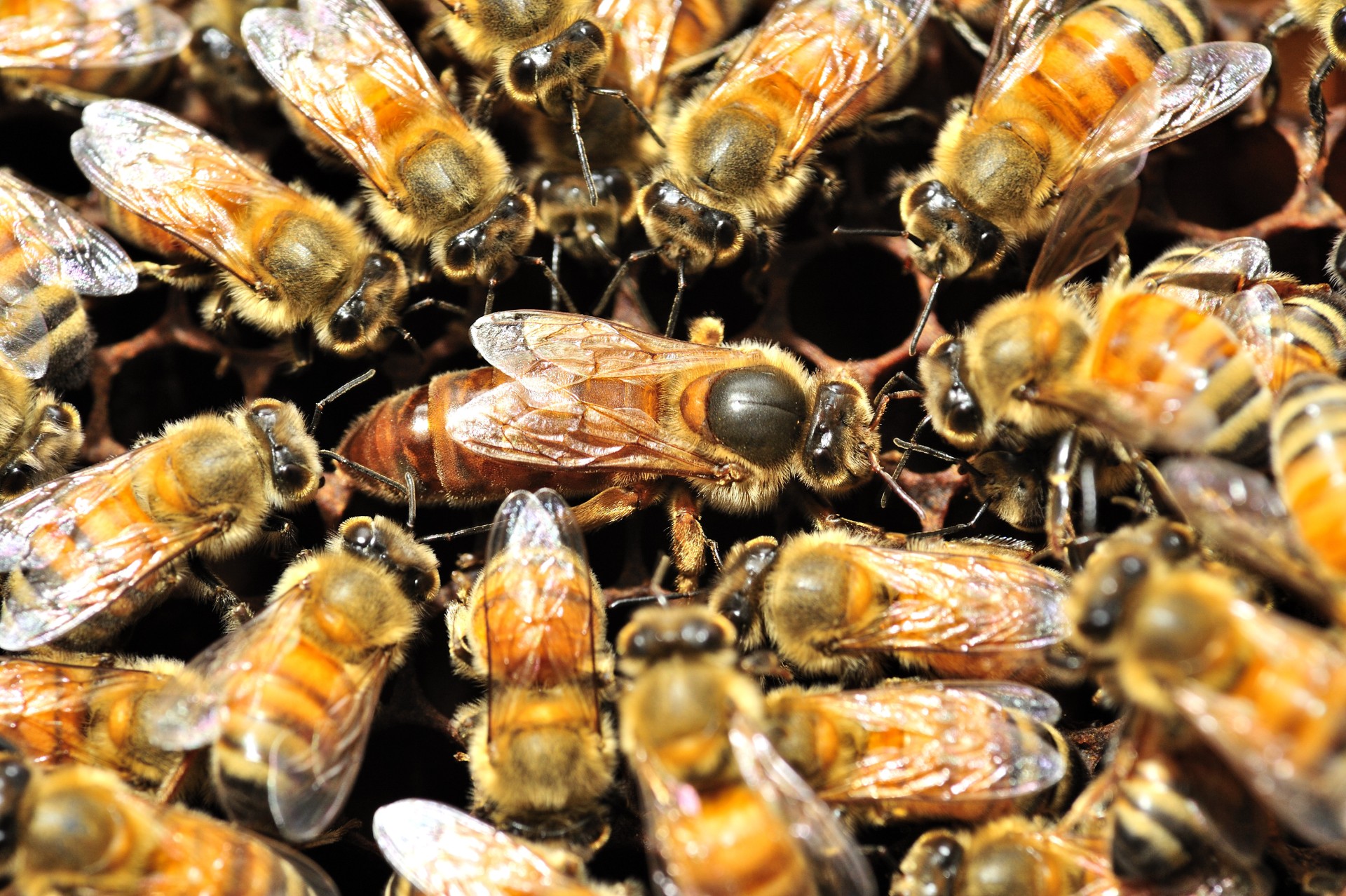The queen honeybee is revered as the one member of the beehive who keeps everything together, and in essence, she does. The queen is the monarch and is solely responsible for laying eggs. The queen's life has one purpose, and her fulfillment of that role profoundly impacts the workings of the beehive. One of the five identifiers of all living things is offspring, so species sustain through generations, and the queen bee is responsible for this critical function.
The Honest Truth About Queen Bees
During a peak season, a queen bee may lay more than 2000 eggs a day. In addition to staying ahead of the game with eggs, the queen is also responsible for secreting recognized pheromones that maintain harmony in the beehive. The queens’ reliable pheromone releases keep worker bees on task and brood rearing in full swing. The queens’ roles are so impactful that a beehives survival hangs in the balance.
The Select and Chosen Queen Bee
Only one queen will ascend to the royal status of queen bee of her beehive. The worker bees in the brood rearing process select the bees to be groomed as monarchs. Although the selection is small of those fed royal jelly and groomed for a royal role, only one becomes the hive's queen. The royal jelly is produced through secretion from the worker bees and is one of the components that identify the queen instead of the egg becoming a worker bee. The royal transformation from larvae to queen is fascinating.
The Only Flight for a Queen Bee is the Mating Flight
At the beginning of the new queen bee’s reign, she will take a mating flight after emerging from the cell and killing any of her competition for the role. It sounds brutal, and it is. Only one virgin queen will emerge, and in her maiden voyage, she mates with many drones during flight and then immediately returns to the hive to begin her life of egg-laying. The life of a queen is incredibly straightforward. It is rare that a queen would leave her hive after this initial flight, which marks the beginning of her purposeful and vital roles.
The Clash of the Queens: Supersedure
Supersedure is the replacement of an old queen or one that no longer emits strong enough pheromones to keep the beehive in order. The queen's pheromones will weaken over time, as will her ability to lay enough eggs. When this begins to occur, the other bees don't miss a beat, stay ahead of the game, and start the process to determine a new queen without hesitation. Another clash of queen bees is when two new queens emerge from their cells at the same time. In these instances, queens will fight to the death with only one remaining.
The Rearing Steps for Queen Bees
When worker bees no longer recognize the strong pheromone scent of their queen, they instantly initiate the first stage of rearing a new queen. There are several steps that worker bees take once this occurs:
- Initial Larvae Selection
- The worker bees choose new larvae to feed the royal jelly and rear a new queen. Multiple are selected simply to ensure that at least one strong queen takes her spot on the throne. The battle for the spot may endure if more than one royal bee emerges. In many instances, the queen bee who emerges first will kill the other potentials by stinging the bees while still inside their cells.
- Only the Finest Food
- Royal Jelly – this nutrient-rich secretion from the nurse bees is only fed to the larvae selected, and they are fed the royal jelly in sizeable amounts.
- Queens Need Space
- Workers build larger sized cells for the queen bees to develop in.
- Metamorphosis
- In the pupa stage, the larvae spin a cocoon in the cell and metamorphose into pupae inside.
- All Hail the Queen
- It takes approximately 16 days for a new queen (or queens to fight it out) to emerge ready for her maiden flight.

Get help with your beehive or bee swarm removal! Call Today 760-224-3040 Or 951-265-8292!
Although the queen bee’s life is uncomplicated, it is critical, and, honestly, it keeps beehives functioning. A healthy queen bee is, truthfully, the most crucial element of beekeeping. Beekeepers do everything they can to ensure their hives have a strong queen.
If you are interested in learning more about queen bees, beehives, beekeeping, or getting some spoils of local honey, contact D-Tek. D-Tek bee technicians and beekeepers are insightful and want to have a positive impact on the health and survival of bee species worldwide. If you have any bee concerns or questions this summer, you can rely on the professional experience and dedication of D-Tek.
Email or call today at 760-224-3040!
